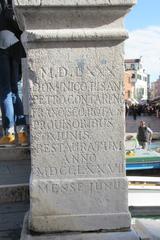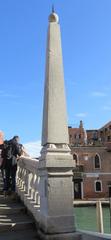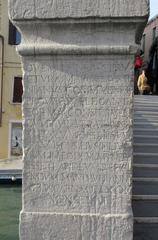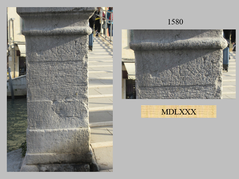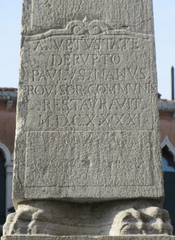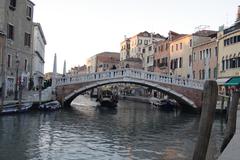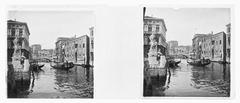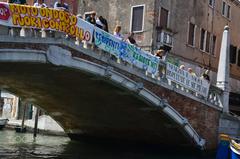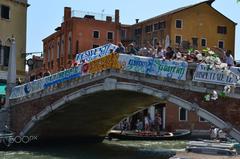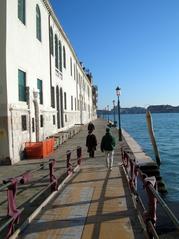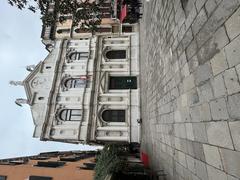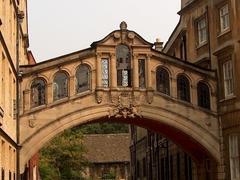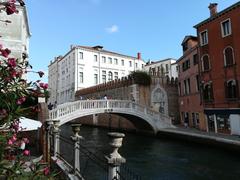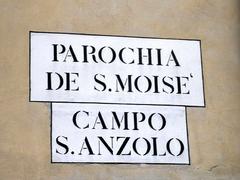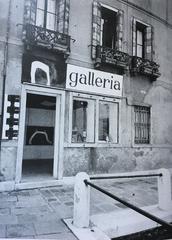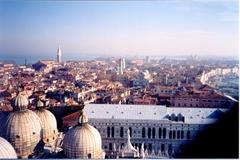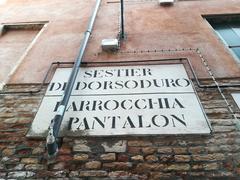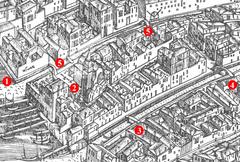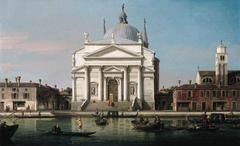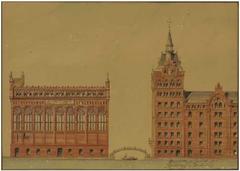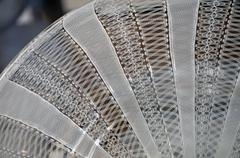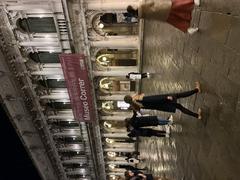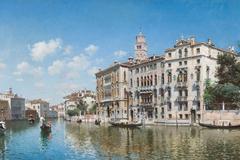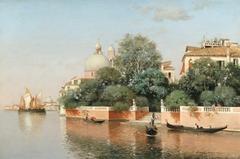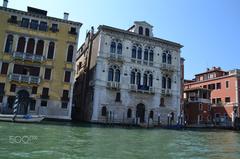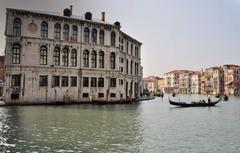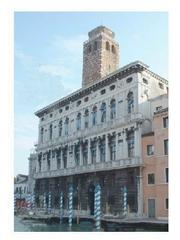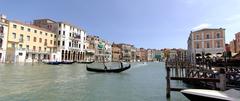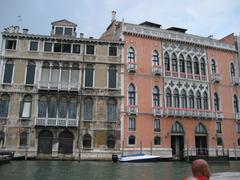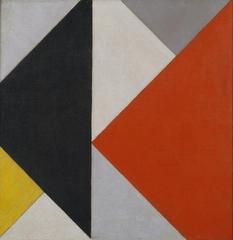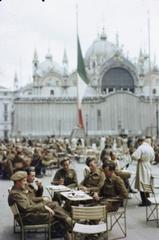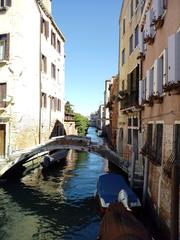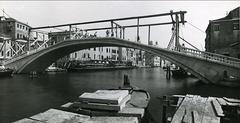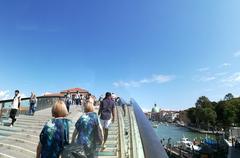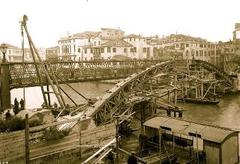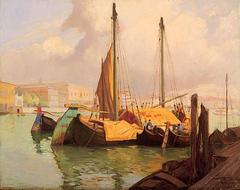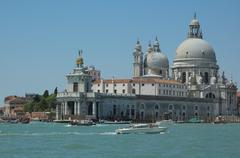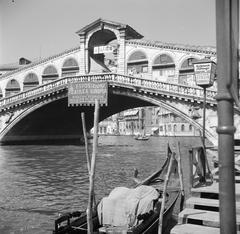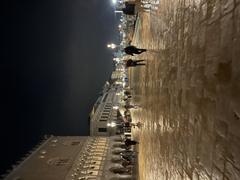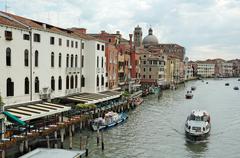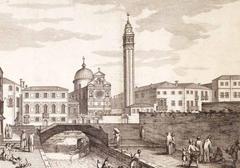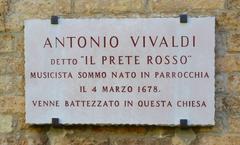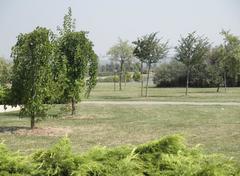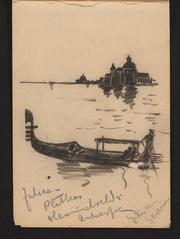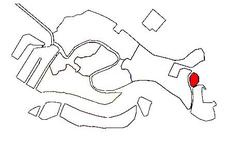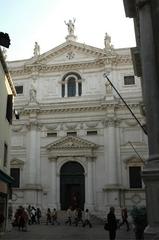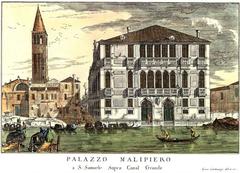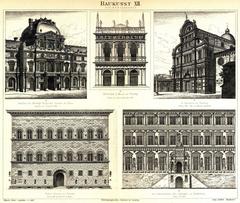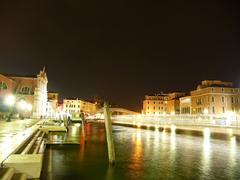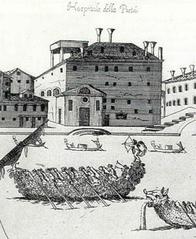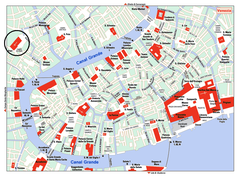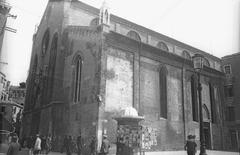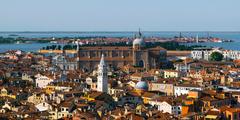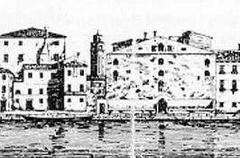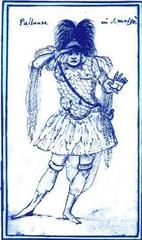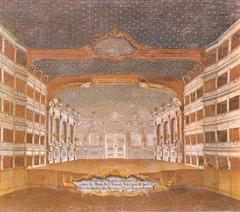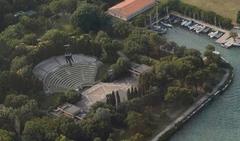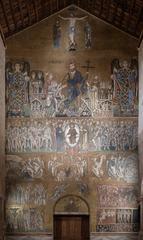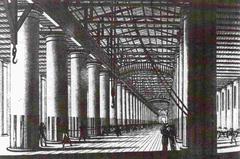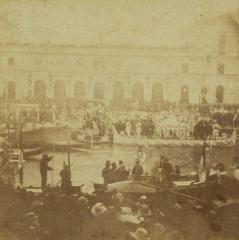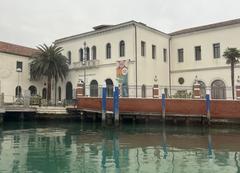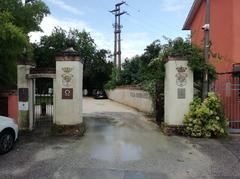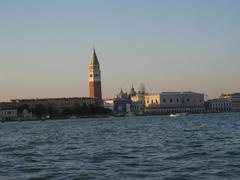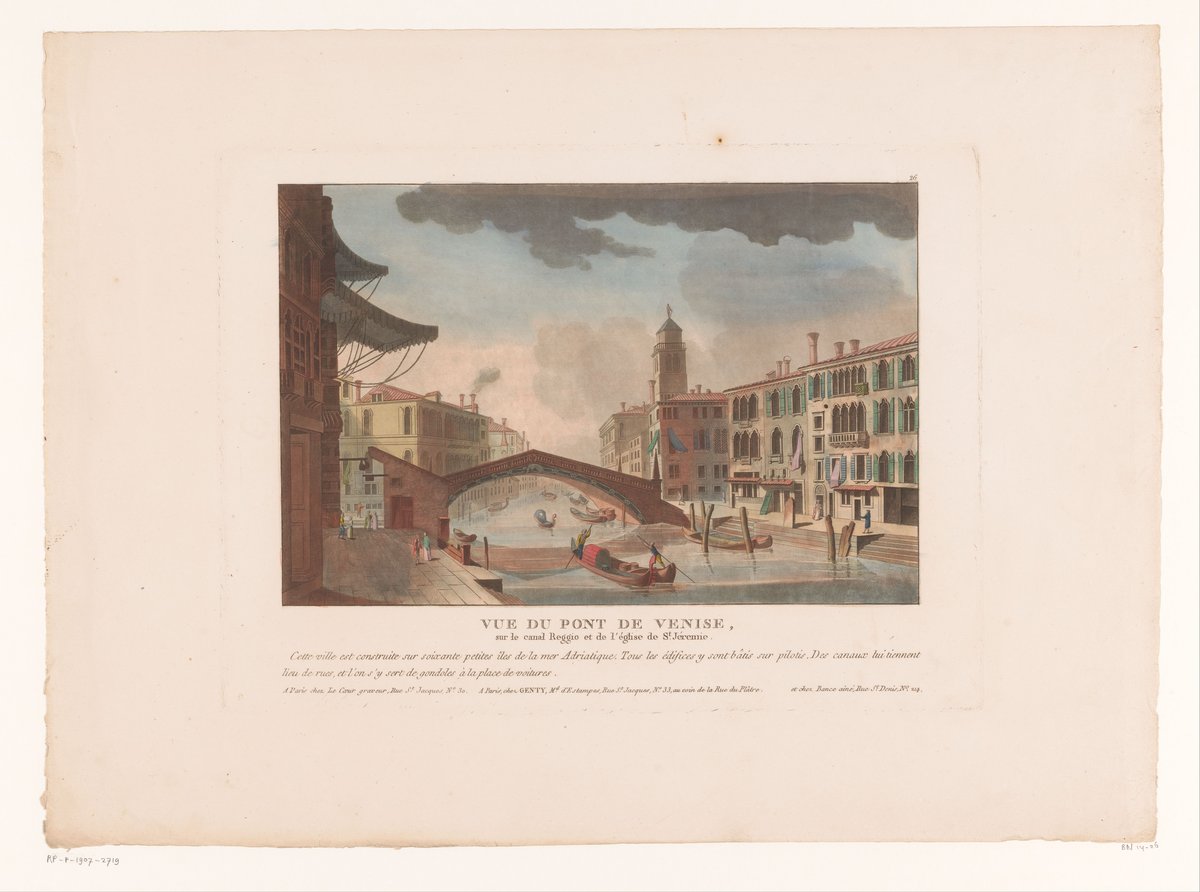
Visiting Ponte delle Guglie in Venice: Hours, Tickets, and Travel Tips
Date: 18/07/2024
Introduction
The Ponte delle Guglie, or Bridge of Spires, is one of Venice’s most captivating historical landmarks, offering a unique blend of architectural splendor and rich history. Dating back to the 13th century, it serves as a vital pedestrian crossing over the Cannaregio Canal and connects the districts of Cannaregio and San Polo. Initially constructed as a wooden drawbridge, the bridge underwent significant transformation over the centuries, evolving into the stone structure we see today (source). The name ‘Ponte delle Guglie’ is derived from the distinctive spires added in the 17th century, which, despite their initial controversy, have become emblematic of the bridge’s identity.
Designed by Antonio da Ponte, the architect behind the iconic Rialto Bridge, the Ponte delle Guglie stands as a testament to Venice’s architectural ingenuity and resilience. It has been a silent witness to the city’s evolving history, from its prosperity in the Renaissance to the restorations commissioned by Austrian authorities in the 19th century (source). Today, it continues to draw the attention of both locals and tourists, offering a picturesque spot that encapsulates the essence of Venice’s historical and cultural landscape.
Table of Contents
- Introduction
- Early Structures and the First Bridge (13th Century)
- The Stone Bridge Emerges (16th Century)
- Spires and Controversy (17th Century)
- Restoration and the Return of the Spires (19th & 20th Centuries)
- Visitor Information
- Special Events and Guided Tours
- Photographic Spots
- Conclusion
- FAQ
- Stay Up to Date
Early Structures and the First Bridge (13th Century)
The history of the Ponte delle Guglie begins in the 13th century. Initially, a simple wooden bridge with shops stood at the site, serving as a crucial link between the sestieri (districts) of Cannaregio and San Polo. This bridge featured a central drawbridge section to allow the passage of larger vessels along the canal.
The Stone Bridge Emerges (16th Century)
By the late 16th century, the wooden bridge had deteriorated, prompting the need for a more durable structure. In 1580, the Venetian government commissioned the construction of a new stone bridge. Designed by Antonio da Ponte, the renowned architect behind the Rialto Bridge, this new Ponte delle Guglie featured a single arch made of Istrian stone, a departure from the previous wooden structure.
Spires and Controversy (17th Century)
The bridge’s iconic spires, from which it derives its name, were added later. In 1603, sculptor Alessandro Vittoria proposed adding decorative obelisks topped with metal spheres, or “guglie” in Venetian dialect. While the obelisks were never realized, four stone spires were eventually erected on the bridge in 1677. These spires, however, sparked controversy. Some Venetians criticized them as excessive and out of place, leading to their removal in the 18th century.
Restoration and the Return of the Spires (19th & 20th Centuries)
The Ponte delle Guglie underwent significant restoration in the 19th century. The Austrian authorities, then governing Venice, commissioned engineer Eugenio Miozzi to oversee the project. Completed in 1883, the restoration saw the bridge widened and reinforced. Importantly, it also marked the return of the controversial spires, albeit in a slightly different position than their 17th-century predecessors.
The bridge underwent further restoration in the 20th century, with a major project completed in 1987. This restoration focused on consolidating the structure and addressing damage caused by time and environmental factors.
Visitor Information
Visiting Hours
The Ponte delle Guglie is accessible 24/7, allowing visitors to explore this historical gem at any time of day.
Tickets
There are no tickets required to visit the Ponte delle Guglie, making it a free and accessible landmark for all.
Travel Tips
- Best Time to Visit: Early mornings or late afternoons offer the best lighting for photography and fewer crowds.
- Accessibility: The bridge is pedestrian-only, with steps that may pose challenges for visitors with mobility issues.
- Nearby Attractions: Consider visiting the nearby Jewish Ghetto and the Church of Madonna dell’Orto.
Special Events and Guided Tours
Special events occasionally take place around the Ponte delle Guglie, such as local festivals and cultural celebrations. Guided tours are available for those who wish to delve deeper into the history and significance of this remarkable bridge.
Photographic Spots
The Ponte delle Guglie offers numerous picturesque viewpoints. The best spots for photography are from the canal banks, capturing the bridge’s unique profile and its reflection in the water.
Conclusion
Today, the Ponte delle Guglie stands as a testament to Venice’s rich history and architectural heritage. While perhaps not as famous as the Rialto Bridge, it remains a significant landmark and a vital pedestrian crossing in the city. Its unique design, with its prominent spires, continues to capture the attention of visitors and locals alike.
FAQ
Q - What is the best time to visit the Ponte delle Guglie?
A - Early mornings or late afternoons are ideal for visiting to avoid crowds and capture the best photographs.
Q - Do I need to buy tickets to visit the Ponte delle Guglie?
A - No, visiting the Ponte delle Guglie is free of charge.
Q - Are there guided tours available for the Ponte delle Guglie?
A - Yes, guided tours are available and offer in-depth insights into the bridge’s history and significance.
Q - Is the Ponte delle Guglie accessible for visitors with mobility issues?
A - The bridge has steps and may be challenging for those with mobility issues.
Stay Up to Date
Stay connected with us for more updates on Venice’s historical sites. Follow us on social media and download our mobile app, Audiala, for more travel tips and guides.
References
- Exploring the History and Significance of Ponte delle Guglie in Venice, 2023, Author source
- Exploring Ponte delle Guglie - History, Architectural Marvels, and Visitor Information, 2023, Author source
- Complete Guide to Visiting Ponte delle Guglie - Tips, Nearby Attractions, and More, 2023, Author source


